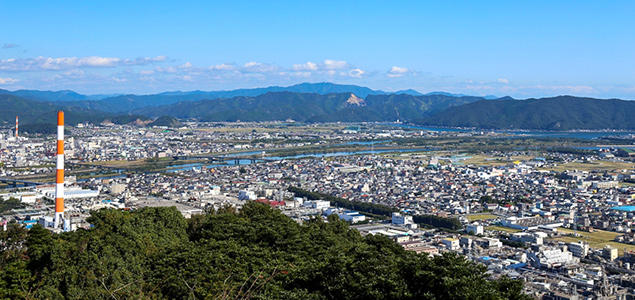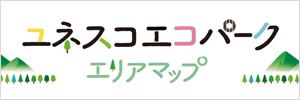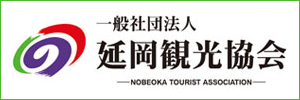本文
Traditional Festivals and Events
Nobeoka Flower Story "Kono Hana Walk" (延岡花物語、このはなウォーク)
On one weekend in February, the Nobeoka Flower Story "Kono Hana Walk" is held at the Gokase River embankment. Visitors can enjoy many blooming "Tengaichi Himuka" early-blooming Kawazu Cherry trees and canola flowers, called "nanohana". Stage performances by local artists are also held and local vendors sell their products.

A Pilgrimage to 88 Buddhist Sites in Miyanoura (宮野浦八十八ヶ所巡り)
On the Pilgrimage to 88 Buddhist Sites of Interest in Miyanoura, participants walk a distance of approximately 6km amidst beautiful scenery, to see 87 guardian deity stone statues and a temple. The pilgrimage takes place on March 21st of Japan's old lunar calendar and locals welcome pilgrims at each stop.
Nobeoka Daishi Festival (延岡大師際)
Each year for three days in April, the "Nobeoka Daishi Festival," which is known as one of the three big spring festivals in Kyushu, is held. Perched upon Mount Imayama, various events take place during the festival, including exhibitions of Noborizaru products(a locally produced toy shaped like a climbing monkey) and displays of a selection of crafts.
A parade is held on the last day of the festival, led by a "daimyo procession," symbolizing the extravagant formal procession to Edo (former Tokyo) that the feudal lord and his retainers had to take on foot to visit the shogun. In the parade, participants walk through the streets in the center of the city.

Nobeoka Tanabata Festival (のべおか七夕まつり)
The Nobeoka Tanabata Festival (or "Star Festival," sometimes also called the "Festival of the Weaver") takes place in the first week of July. A selection of crafts and bamboo grass decorations, made by nursery school and kindergarten children from around the shopping district and within the city, flamboyantly color the Yamashita Shintengai Shopping Arcade.
Gokase River Raft Tournament (天下一五ヶ瀬川イカダ下がり大会)
The Gokase River Raft Tournament is held in the middle of July and features teams racing down the river in homemade rafts. It takes place within an approximately 11km section of the Gokase River, with teams competing for the highest combined point score from such divisions as race time, raft design, and costumes.
Nobeoka Festival (まつりのべおか)
The Nobeoka Festival is held on two days at the end of July, and is a festival that celebrates the city of Nobeoka. It begins with a meeting of portable shrines. Over 1,000 people are involved in carrying these shrines (mikoshi) and they compete to determine the bravest team. The festival welcomes in a climatic end of the first day, with a large Bamba dance, a variety of Bon dance, in which over 5,000 citizens participate. On the second day of the festival, close to 10,000 fireworks brightly decorate the night sky.

Nobeoka Tengaichi Takigi Noh Theater (のべおか天下一薪能)
Nobeoka Tengaichi Takigi Noh Theater is held every October at the second outer castle (ni-no-maru) enclosure of the Nobeoka Castle Ruins. It uses noh masks which were handed down from Nobeoka's previous feudal lords, the Naito family. The noh theatre, set upon a backdrop of "The Killer Stone Wall of a Thousand Invaders," which rises up behind the light of bonfires, invites viewers into a world of mysterious wonder.

Shiroyama Kagura Festival (城山かぐらまつり)
"Kagura" is a performance of sacred Shinto music and dancing, often held at shrines. In November, the Shiroyama Kagura Festival is held at the Nobeoka Castle Ruins. It is a festival where Kagura performances centered upon the mountains meet those based around the sea. There are also Kagura performances in which audience members can participate.






